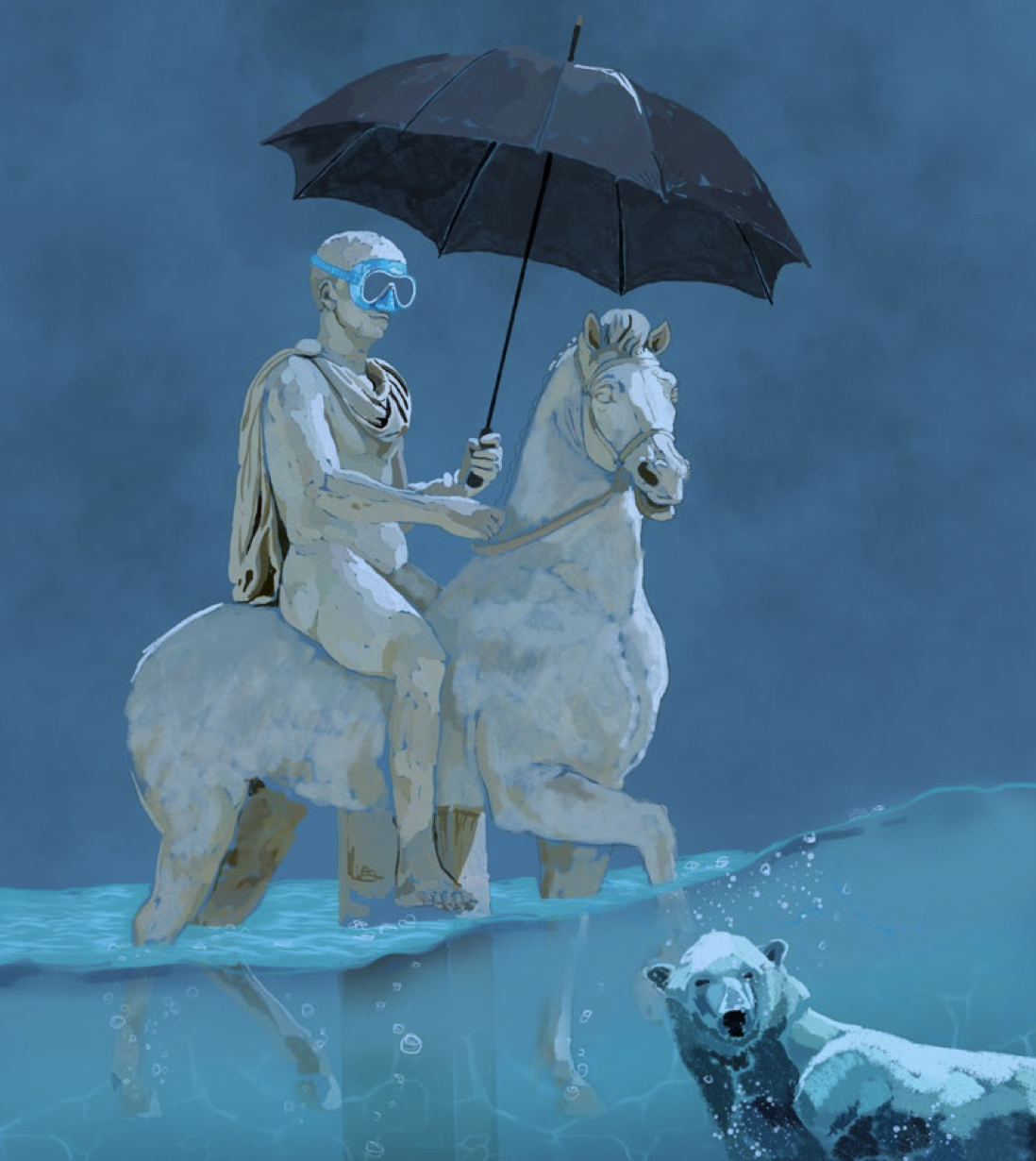The Norwegian Directorate for Cultural Heritage and Arts Council Norway hosted the 7th forum of the Baltic Region Heritage Committee (BRHC) broadcasted from The Norwegian Maritime Museum in Oslo. The digital conference focused on two key concepts: mitigation and adaptation as a starting point for sharing ideas and showcasing the best practices. The participants included stakeholders from the cultural heritage sector, museums, researchers, students, architects and urban planners, NGOs and municipalities in the Baltic Sea regions.
– The impact of climate change on cultural heritage is already visible on landmarks, historic buildings, and archaeological sites – and it poses challenges for the preservation, dissemination and research on our shared legacy. The cultural heritage sector can also raise awareness about these challenges and reduce our emissions, said Ole Jakob Furset, Head of the Museums and Cultural Heritage Section of Arts Council Norway and BRHC Chair 2021–2022, Norway.
The conference and the resulting publication included the following subjects:
- Reduction of climate change – how the cultural heritage sector can be part of the solution
- Adaptation to climate change
- Coastal heritage and climate change
- Underwater cultural heritage and climate change
- 20th century-built heritage and climate change – adaptive re-use
Recordings of the conference are now available here.
Banner Photo: Nesasjøhuset old warehouse from 1850, now housing Ryfylkemuseet. Photo: Tor J. Jørgensen
Documents

